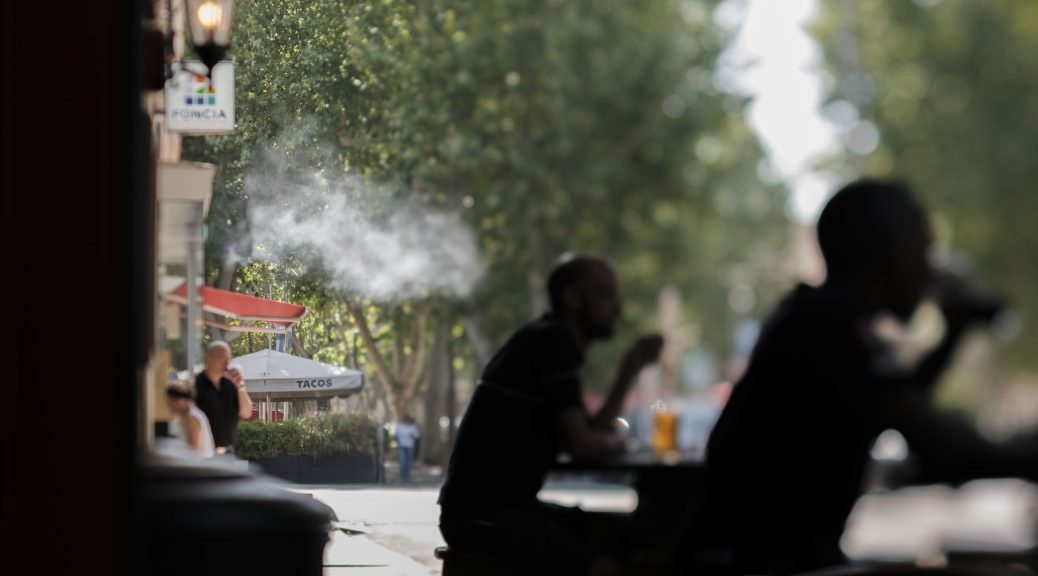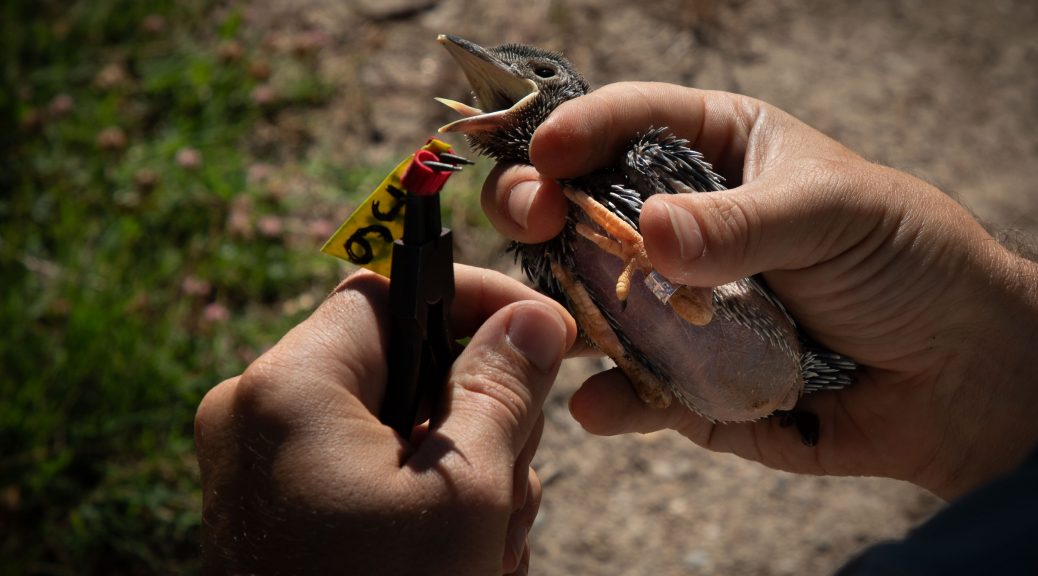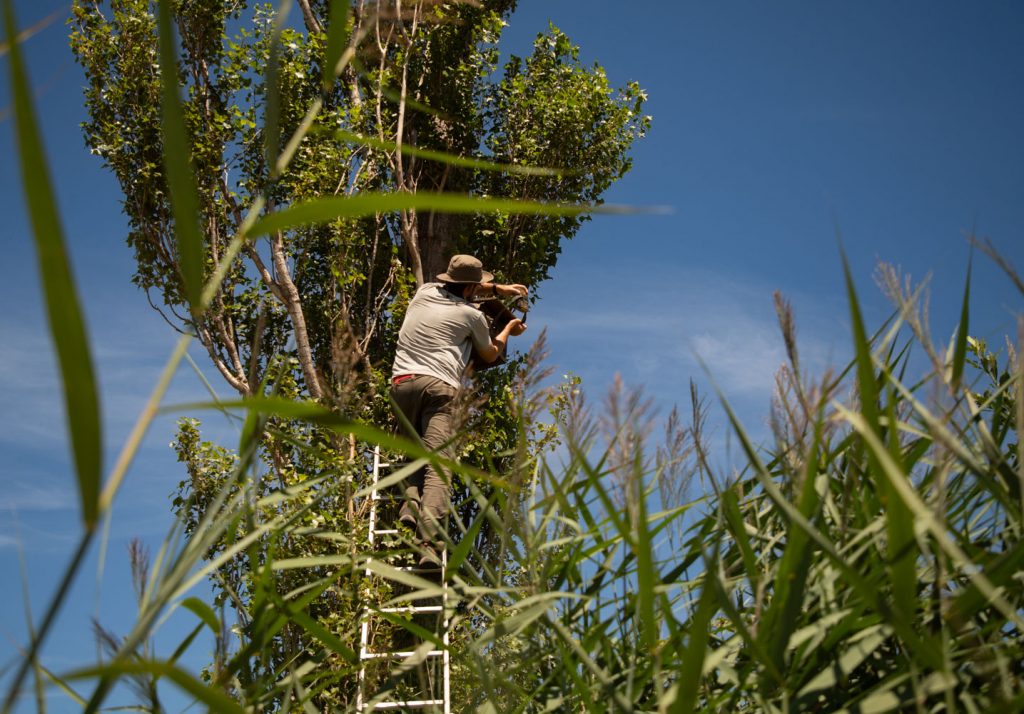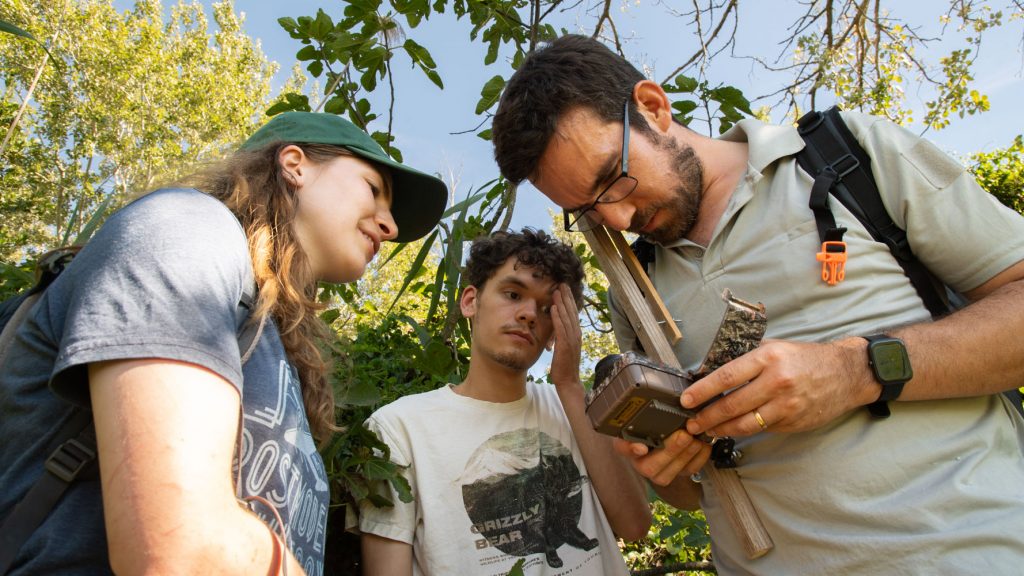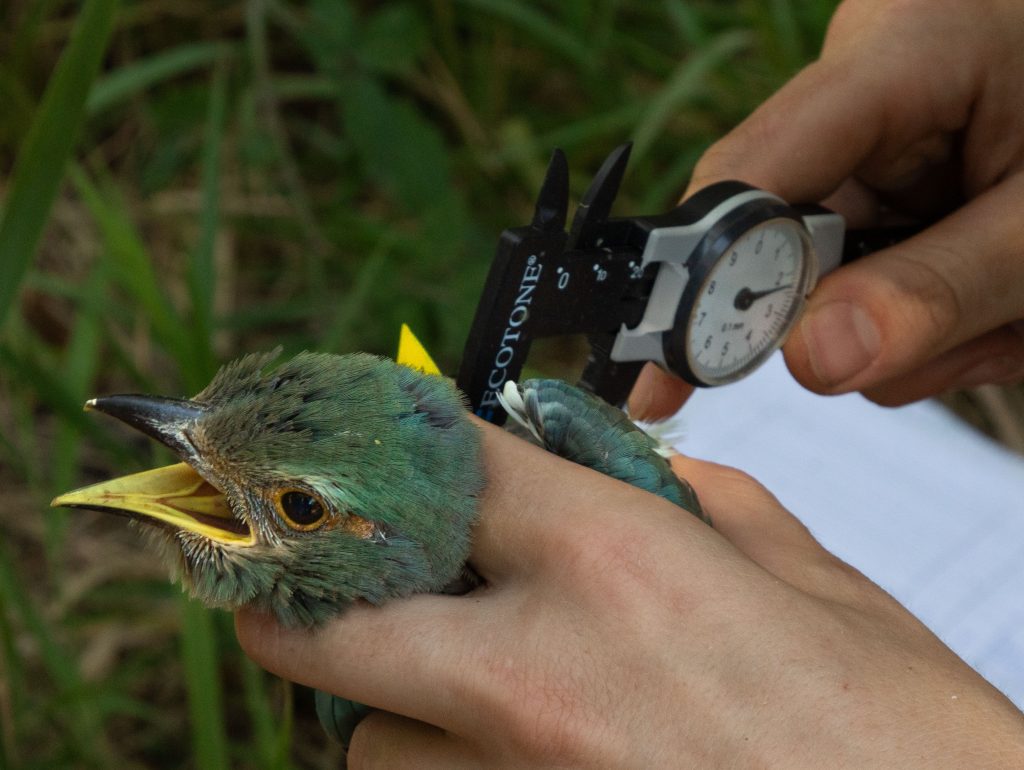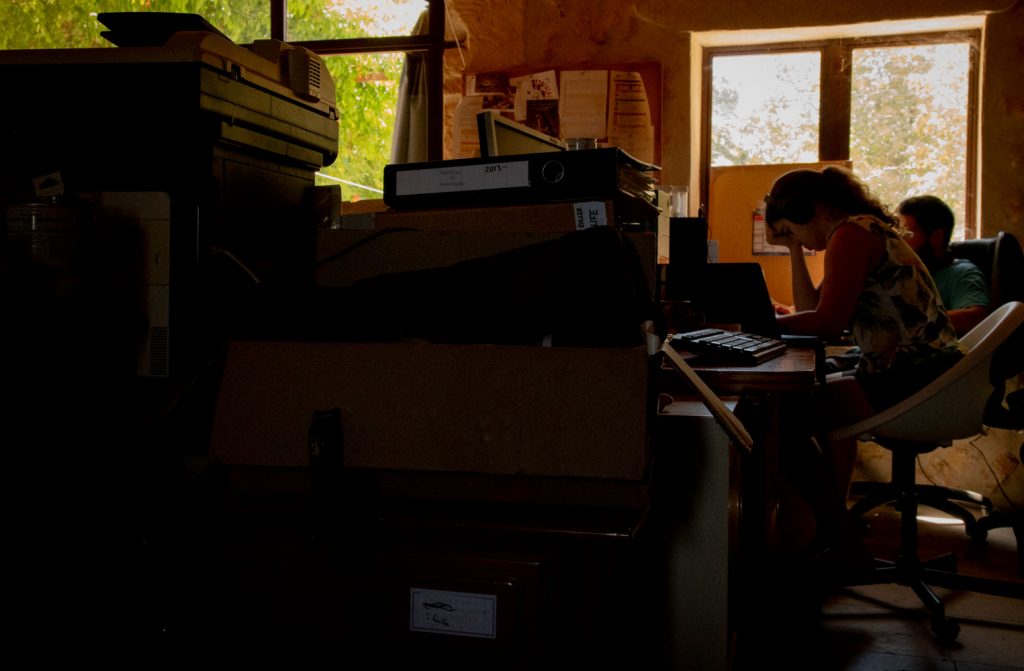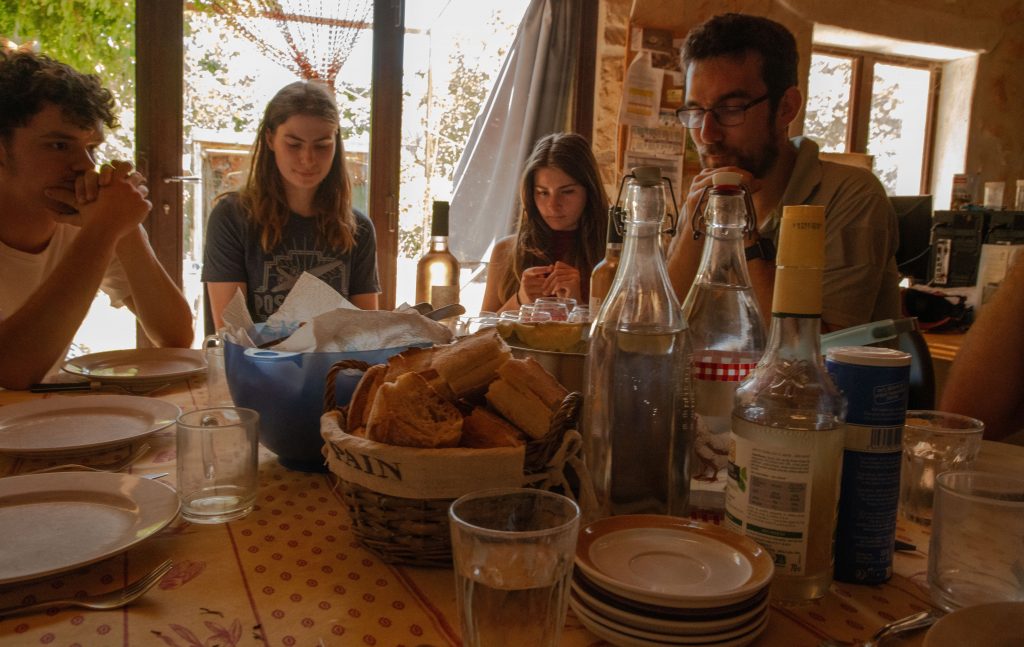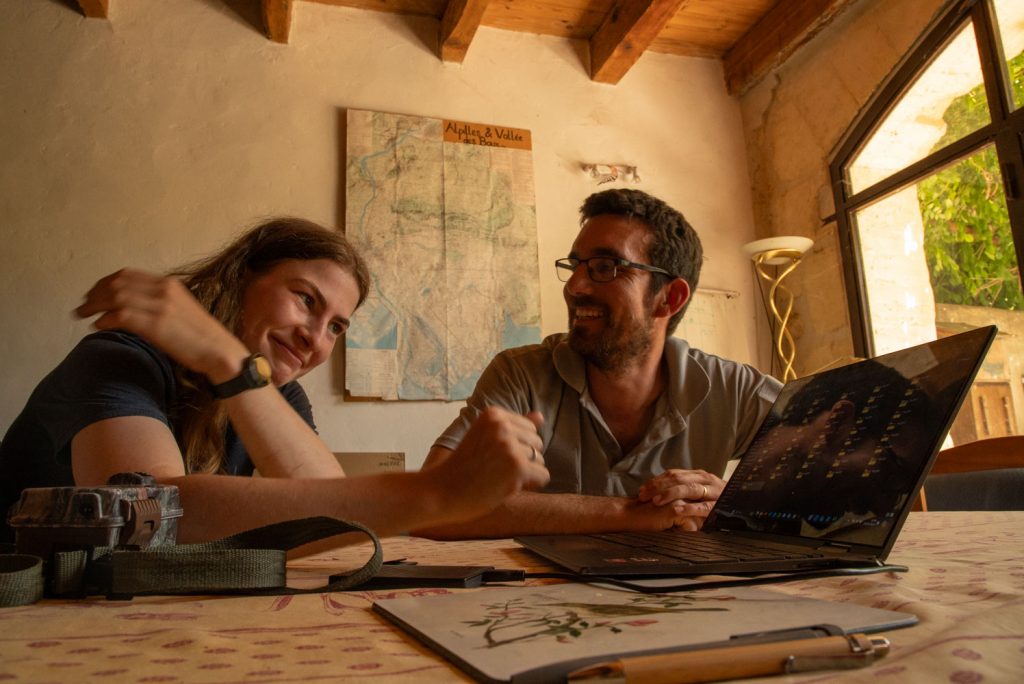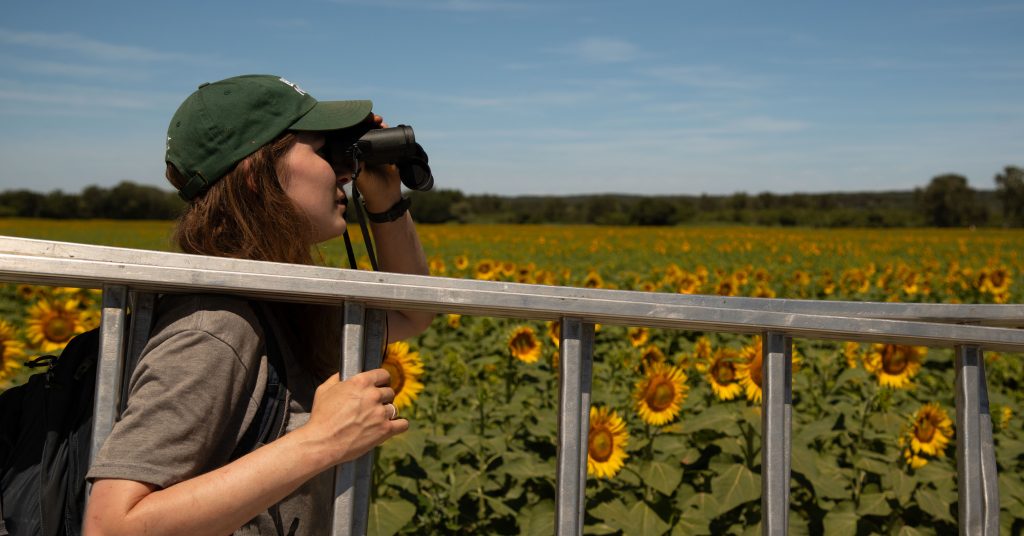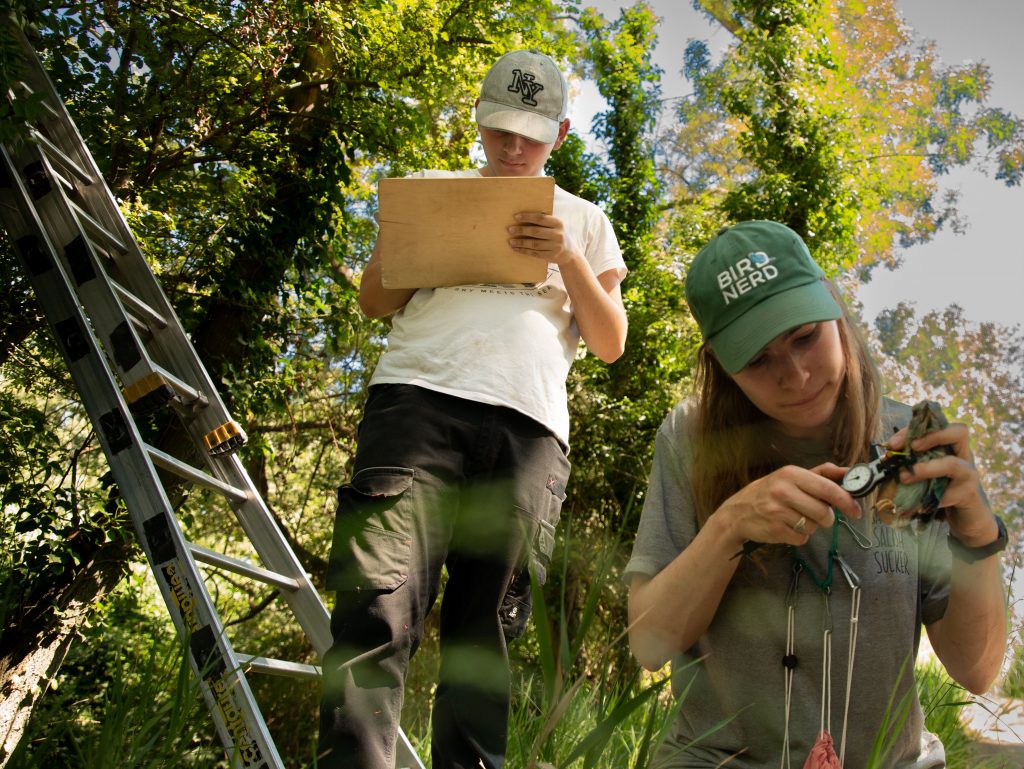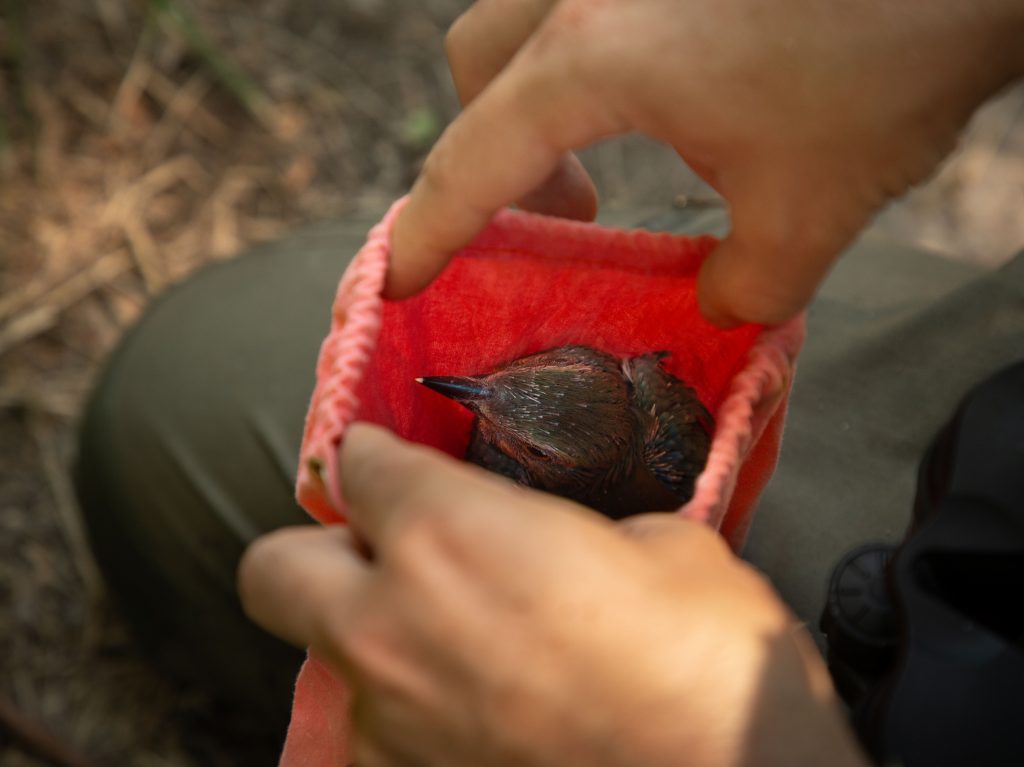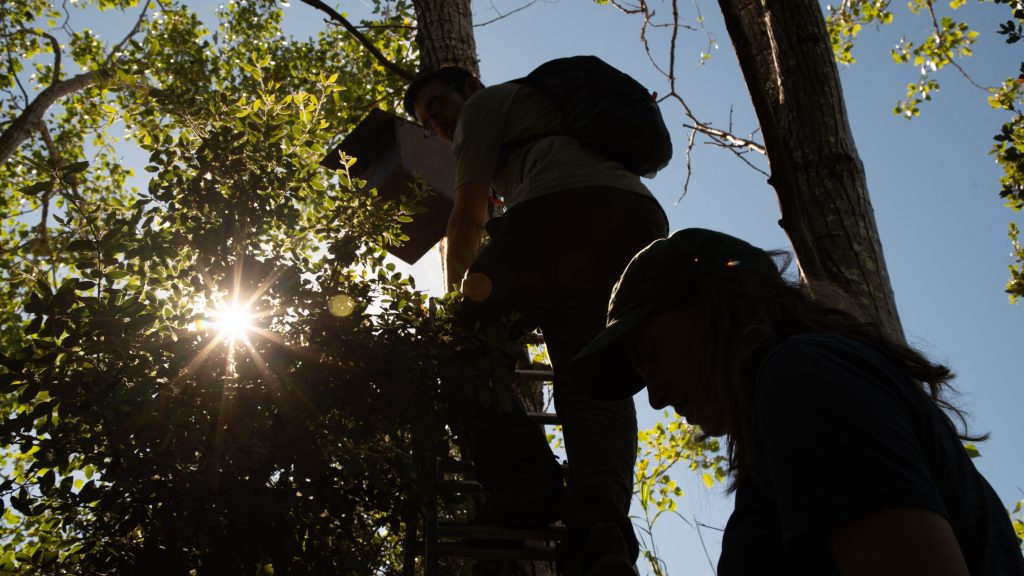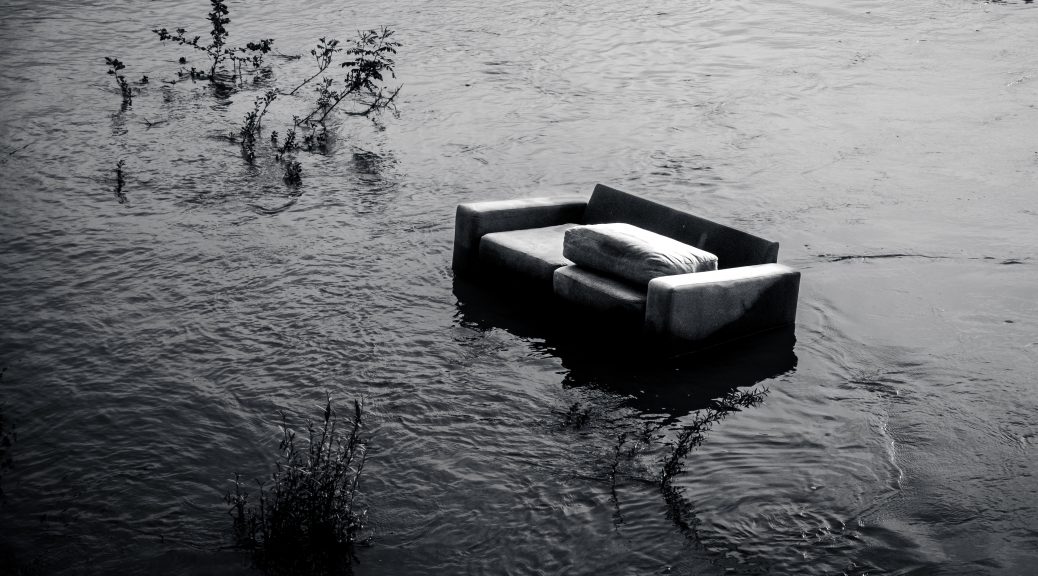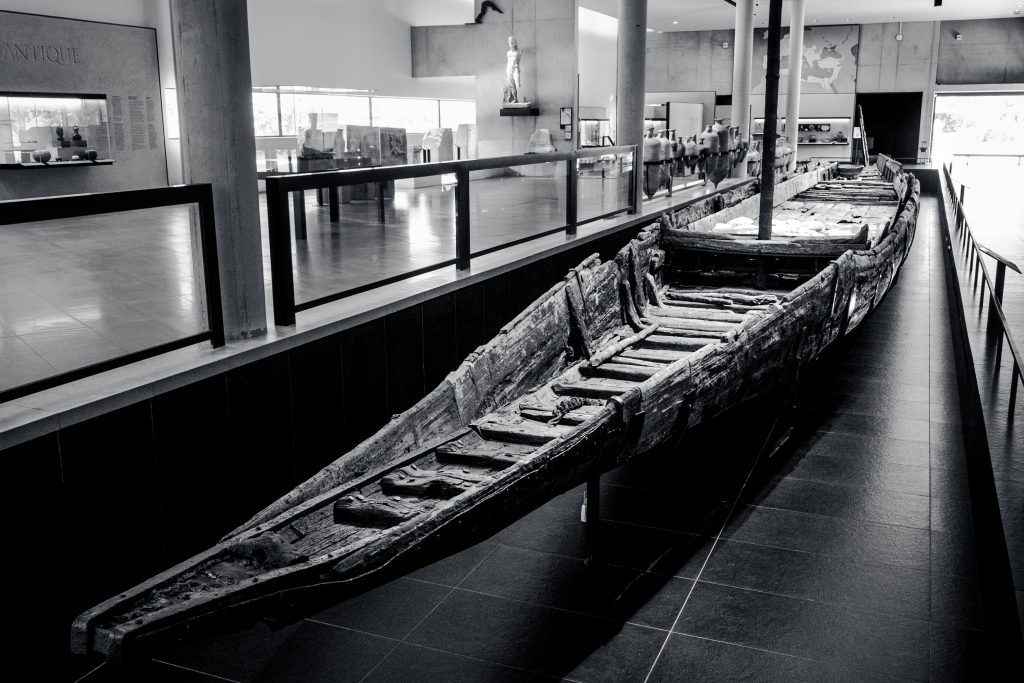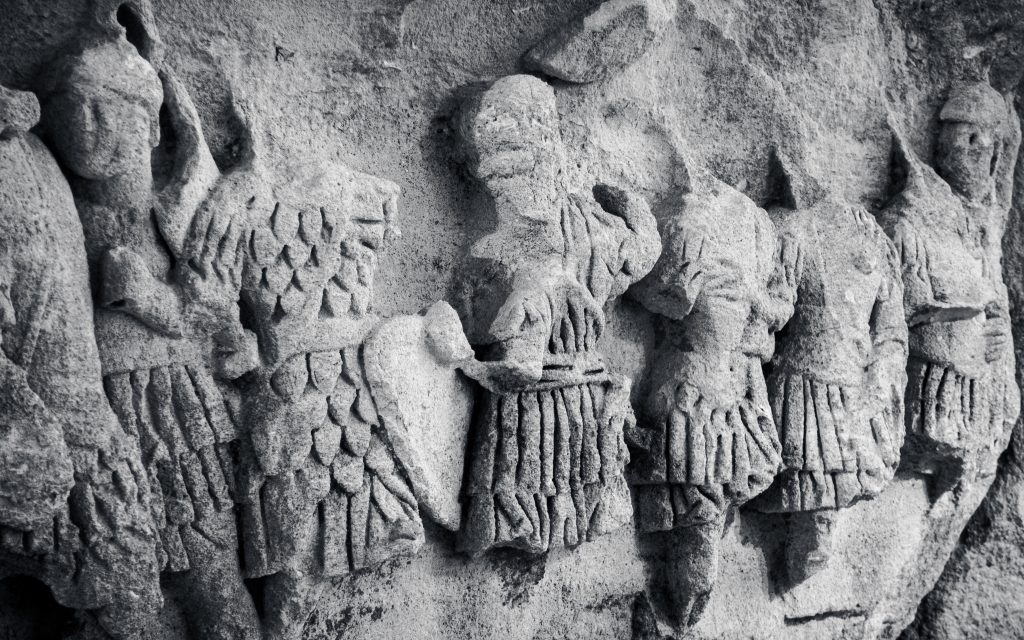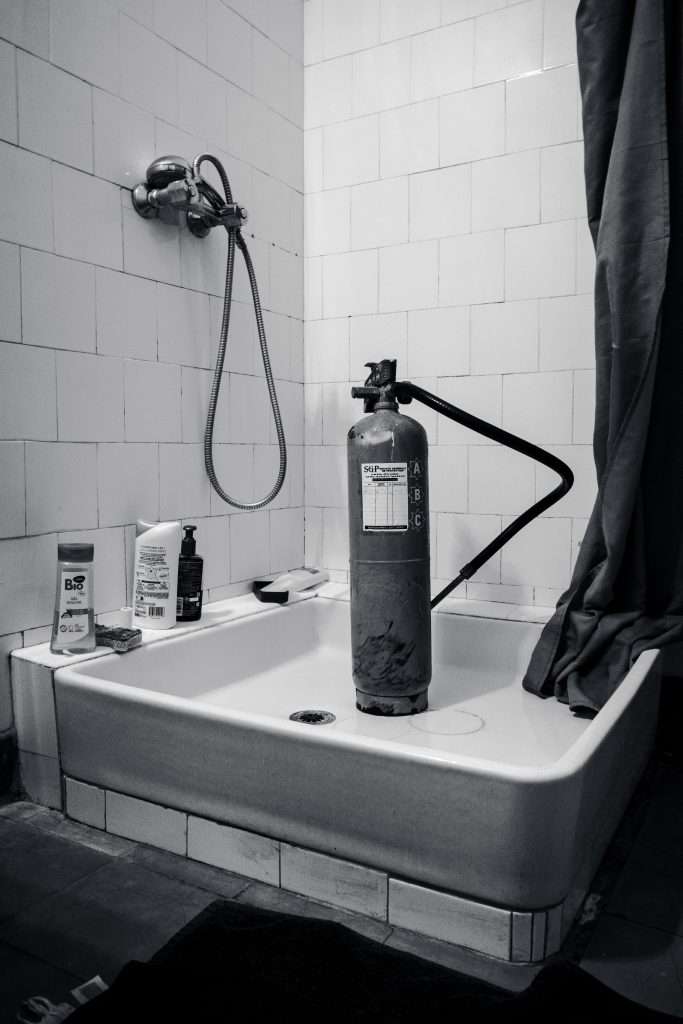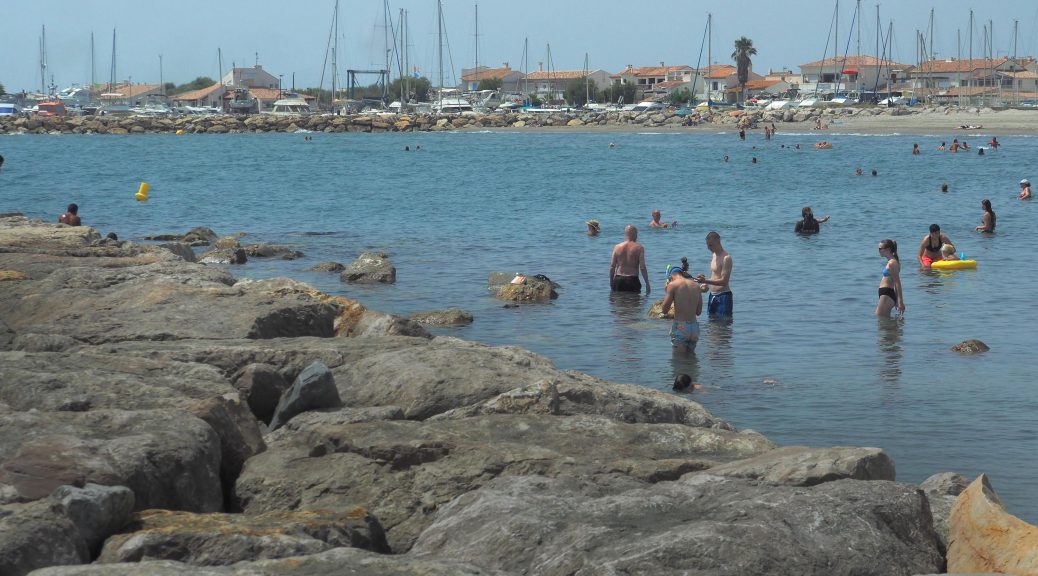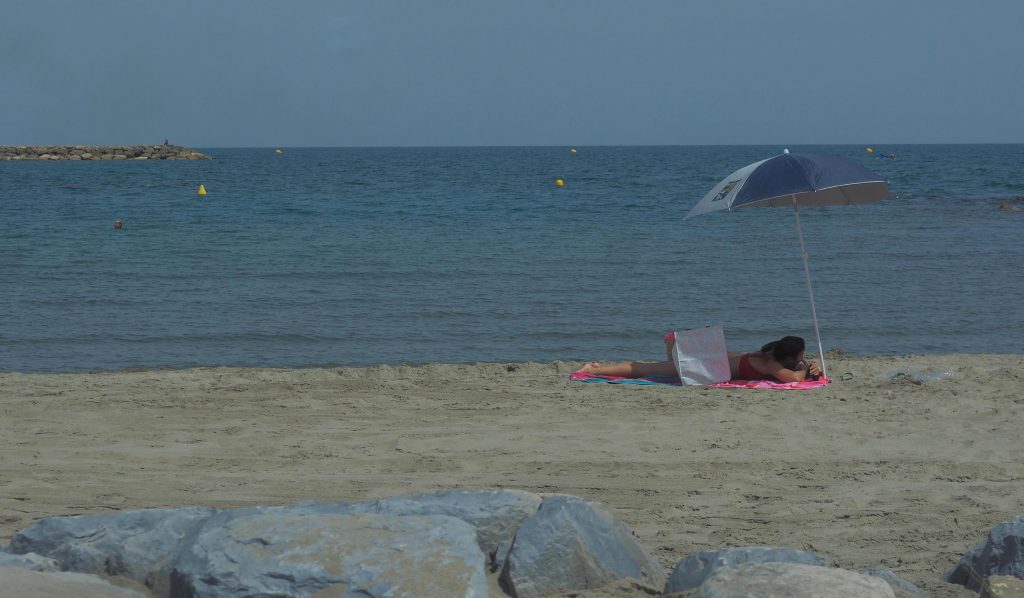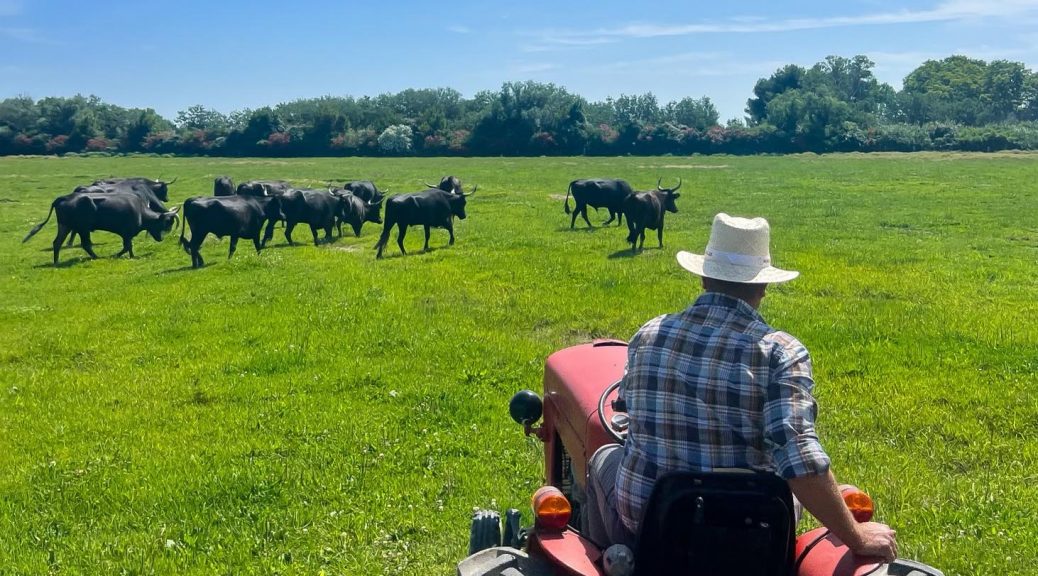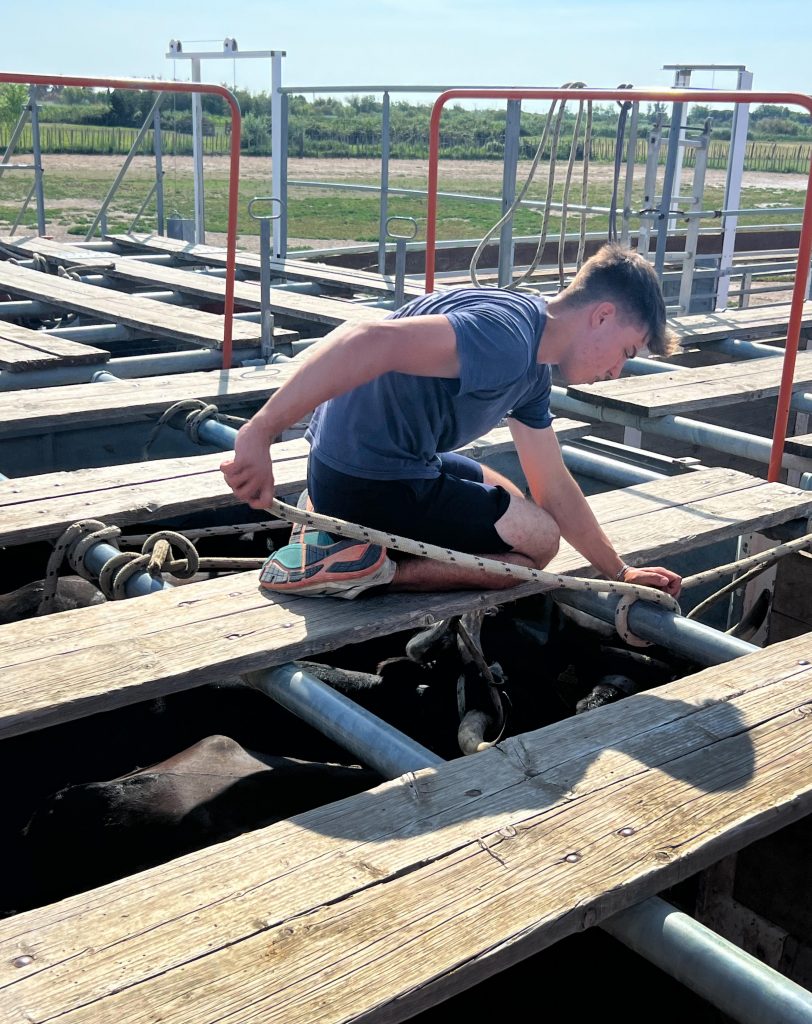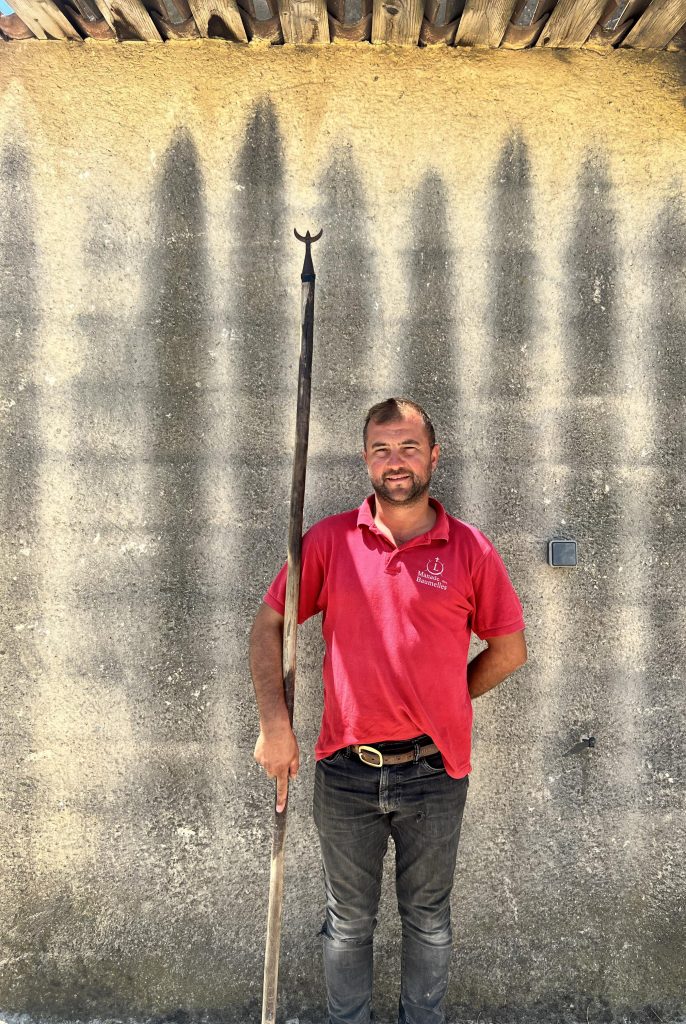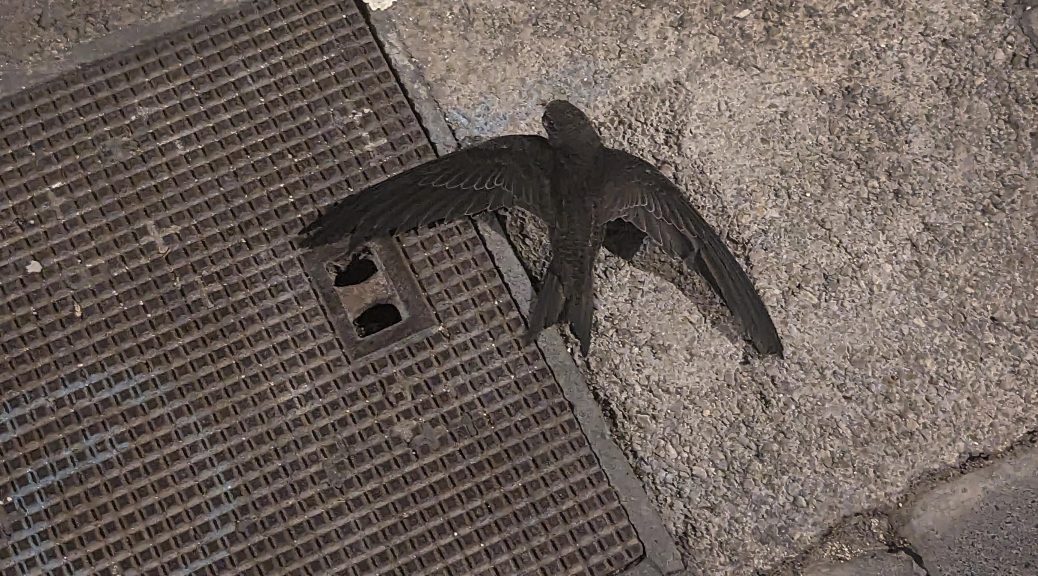Text by Sofia Langlois
Photo by Malcolm Taylor
Air pollution kills more people each year in France than any substance besides alcohol and tobacco, according to Damien Piga, director of external relations and innovation at Atmo Sud Marseille.
“When it comes to alcohol and tobacco, we choose to drink and smoke,” said Piga. “When we drink, we kill ourselves, but we don’t kill others. Air quality, on the other hand, is collectively suffered.”
Atmo Sud is an air quality observatory that monitors pollution and recommends ways of reducing exposure. It is based in the South Provence-Alpes-Côte d’Azur region of France, which includes the city of Arles, where narrow, densely populated streets can concentrate pollutants.
Piga has worked at Atmo Sud for a decade and specializes in mapping pollution data. The non-profit organization’s website provides reliable data in real time, both about air currently being inhaled and air that is inhaled over time.
Such data helps government authorities to enforce guidelines. For example, on June 19, Arles enacted Level 1 alert procedures as a preemptive measure for an increase of fine particulate matter in the air the following day. It involved health and behavioral recommendations across multiple polluting sectors.
Fossil fuels are a primary source of these fine particles. The region burns the most fossil fuels for transportation and heating, followed by manufacturing and agriculture. On days with poor air quality, the government requires drivers to reduce their speed by about 12 miles per hour (or 20 kilometers per hour).
The Air to Go application was recently developed by Atmo Sud in collaboration with the various observatories and Lyon/Lille counterparts. The Geolocated website and mobile app inform its users of the current air quality and provide recommendations on how to adapt behavior based on readings. Upon inputting your destinations for the day, Air to Go will advise which time and route is ideal to avoid the highest levels of pollution. It will be available throughout all of France in the near future.
“In Arles, for example, the proximity of the main roads is where I’m going to have the most pollution,” said Piga, in referencing the function of Air to Go. “I’m going to avoid going there… If I have to enroll my children in school, I’m going to look at where the schools are in relation to these maps so that I can have information and not put them in schools where there are playgrounds close to sources of pollution.”
The Atmo Index representation of daily pollution levels operates using an integer system (1-10) with the colors green, orange and red to indicate severity. It is mandatory to establish a comprehensible air quality index in urban areas exceeding 100,000 inhabitants. The WHO sets non-compulsory health recommendations. For each time its air quality recommendation is exceeded, the Index increases by one.
Furthermore, the European Union established legal regulations to prevent countries from exceeding certain quantities of the various pollutants. It serves as a middle ground between health considerations and socio-economic normalities by adhering to respiratory concerns with an understanding that some polluting industries are important to civilization.
Corporations that increase pollution levels in France are charged a tax based on the amount of emissions produced. Those funds are then allocated towards environmental operations. For instance, Aix-Marseille Metro pays up to 400,000 euros per year.
“If a company ultimately shows that it does nothing for the climate, does nothing for air quality, does nothing for biodiversity, we know that it has very little future,” said Piga. “Because more and more consumers are paying attention to this. On the one hand, there’s going to be pressure from regulations, but there will also be pressure from consumers and citizens.”
The concentration of pollution is measured in micrograms per cubic meter of air (often written as µg/m3). For reference, human hair is typically 50-70 micrograms. Particulate matter is a formulation of smoke, soot, salts, acids, metals or dust. It has the potential to induce tissue damage or lung inflammation when deposited on the surface of larger airways in the upper region of a lung. The two symptoms impact the respiratory and cardiovascular systems.
Air pollution by fine particles is of primary concern because particulate matter with a mass of 10 micrograms or less is small enough to enter the lungs by passing through the nose or throat, according to the California Air Resources Board. Examples include construction-site or landfill dust, wind-blown particles from open lands and pollen.
Those at the highest risk for developing health conditions as a result of short or long-term exposure include adults who are 65 years or older, people with chronic heart or lung disease, pregnant women, asthmatics and children. Humans breathe 15,000 liters of air per day. Children inhale more air per pound of body weight than adults. According to Piga, poor air quality is a cause of death for children worldwide equal to malnutrition.
“Exposure to pollution levels commonly observed in urban or peri-urban environments appears to induce cancer and result in excess mortality and a decrease in life expectancy from several months to several years,” according to the Encyclopedia of the Environment. A study conducted in 2016 by Santé Publique found that 48,000 deaths per year could be attributed to particulate matter 2.5.
Poor air quality can cause symptoms such as shortness of breath, watery eyes, itchy nose, throat irritation, reduced lung function, worsening of asthma or other respiratory diseases, increased need for hospitalization or emergency department assistance, faster disease progression and even decreased life expectancy.
Dr. Christian Pic is a pediatric neurologist in Arles who earned a degree in sports medicine. He has experience working with athletes and additionally trains as one. Pic advises others to avoid running in hot, dry and polluted air.
“It affects performance, yes,” said Pic. “I notice it in myself, in others. Illnesses are more of a long-term effect. We should conduct long-term studies on runners who are only in the mountains versus those in valleys and cities. We should conduct 30-year studies.”
There could be a widespread lack of awareness about more severe health implications from pollution exposure due to how long those effects take to present themselves, according to Pic. Short-term exposure often causes minor irritation. Over the course of a lifetime, particles such as those emitted from diesel engines can cause disorders of varying severity even in small doses, from respiratory/ocular discomfort to leukemias; alterations in the nervous, hormonal or immune systems; and genetic heritage.
“I think it’s not immediately noticeable, actually,” said Pic. “There are pulmonary effects, then cerebral effects, but over the long term. There are studies that have been done with people living in polluted environments. In the United States, for example, there are studies with maps comparing people living in the middle of large agricultural plains with pesticides and neurodevelopmental disorders. The two maps intersect.”
Typical health recommendations include avoiding physical and sporting activities as well as high-traffic areas, favoring short outings and airing homes out for 10 minutes each day.
Concerning those who work outdoors daily and cannot necessarily avoid highly polluted times and areas, there are other measures they can take to protect themselves.
“This is very important for people working on construction sites: an employer must provide them with protective equipment,” said Piga. “In dusty environments, they must have respiratory protection, in particular masks. So it’s a question of respecting the obligation for professionals to use safety equipment properly.”
Steven Castrillon is a mason in building construction and home renovation. He works eight to nine hours a day, five days each week. Castrillon emphasized that working in this field without protective equipment poses the risk of a respiratory infection or, in some cases, lung cancer. He specified that heat engines – machinery that burns fossil fuels – are a particular problem.
“Frankly, I haven’t had any respiratory problems yet,” said Castrillon. “I learned to avoid the long-term consequences of respiratory pollution by wearing masks and avoiding heat engines. If possible, use electric machines.”
Piga shared that Atmo Sud developed scholastic programs aimed at the younger generations. The modules are open source for teachers and professors to instruct specified lessons on air quality. Its purpose is to raise children’s awareness of the issue.
“The most effective way, as always, if we want to change behavior, is to work with children,” said Piga. “Because with children, they have life ahead of them; they have the world in front of them.”

